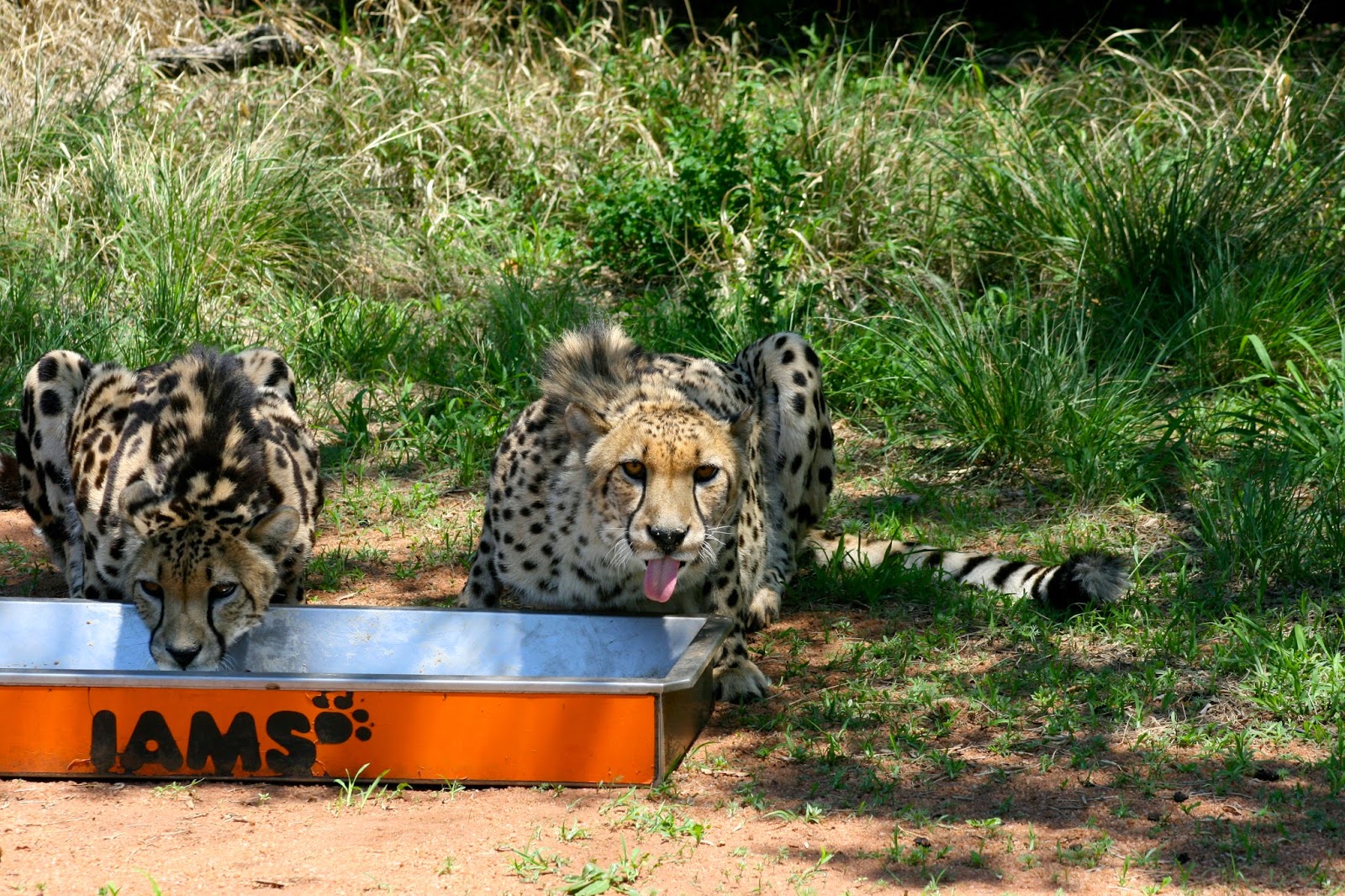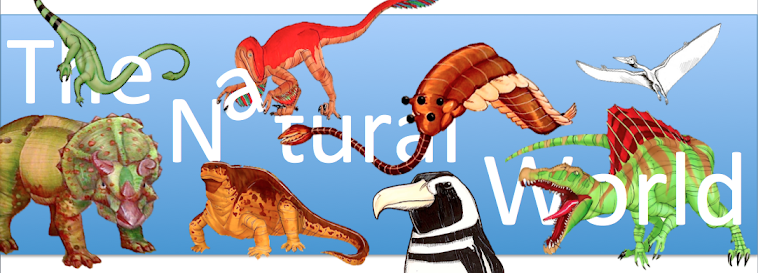In an attempt to discover why the
cheetah has such a low fertility rate, a team of scientists, including David Wildt and Stephen O'Brien, decided to take a look at blood samples from a number of cheetahs, labeled "
Vulnerable" by the
IUCN. What they found was startling, and very worrying; the cheetahs appeared to be dangerously, perilously inbred; they were all practically clones of each other.
Wildt and O'Brien decided to confirm this hypothesis by taking skin samples from a number of cheetahs, and attempting to graft them onto a number of other cheetahs. In a healthy population of animals, the skin grafts would be immediately rejected. This is because the body of the animal who received the skin graft would recognize the skin to be from another individual, a foreign body, and attack it, just as it would attack any foreign body (i.e., germs or bacteria.) Even in humans, skin grafts are often rejected, even ones from close relatives.
 |
| Normally a very majestic looking animal, this particular cheetah seems to have been caught at a bad time. Photo Credit: Ted and Gail Neher |
So when every single one of the cheetah skin grafts were accepted by the other animals, this did not bode well for the cheetah. This meant the genetic diversity of the cheetah was incredibly, shockingly low. But why is genetic diversity so important? Well, without genetic diversity, the DNA of the individuals comprising a given population are very similar. These individuals essentially become clones of each other, with many similar attributes, most important among them their immune systems. In a healthy population of, say, cheetahs, say that fifty percent of them are immune to a certain disease, most of them evolving from a common ancestor. The other fifty percent of the population has absolutely no protection against said disease, and the illness ravages their population. An unfortunate (and oversimplified) event, to be sure, but fifty percent of the individuals remain to rebuild the population to what it once was. With the low genetic diversity seen in the cheetah, if a similar disease in the hypothetical above sweeps through
Africa, it is quite likely that a much lower percent than fifty would survive. It is also possible that this disease would so ravage the global population of cheetahs that they would simply be unable to recover from this catastrophic event.
 |
| A cheetah scratching a log at the Denver Zoo. The cheetahs incredibly slender build can help distinguish it from other cats. |
So why is the cheetah so catastrophically inbred? Most of the time, low genetic diversity is due to a given species having passed through a "bottleneck." 20,000 years ago, cheetahs spanned the entire globe; ranging all over
Europe,
Asia and
Africa, two species of cheetah, or "proto-cheetahs" if you will, even roamed
North America (
Miracinonyx inexpectatus and M. trumani.) When the most recent
Ice Age drew to a close around 10,000 years ago, the dramatic climatic changes (and likely human influences, as well) resulted in the extinction of much of the world's
mammalian megafauna. Researchers think that this mass-extinction managed to knock the cheetah's numbers down to a very small population, likely comprising a mere handful of individuals. (In fact, I remember reading once that at one time, some people thought that a single pregnant female mother was able to survive, but I don't think that this idea is all that highly regarded anymore). While the cheetahs were obviously able to build their population numbers and density by a significant amount than that seen 10,000 years ago, this bottleneck came with a price; genetic diversity was, and is, miniscule.
Works Cited:
Gugliotta, G. (2008, March 1). Rare Breed: Can Laurie Marker Help the World's Fastest Mammal Outrun Its Fate? Smithsonian Magazine.
Scott, J., & Scott, A. (2005). Cheetah. London: Collins.



No comments:
Post a Comment